Phone charger's analogy for everyday Joe
Understanding various parameters of phone charger through an analogy
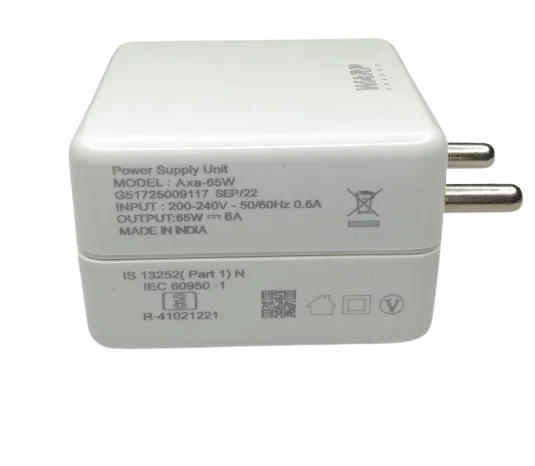
So, you’re at your friend’s house and your phone battery is low, you start looking for a charger. There is a good news and there is a bad news.
Good news is for connectors, unlike 2008 when you had this mess and further
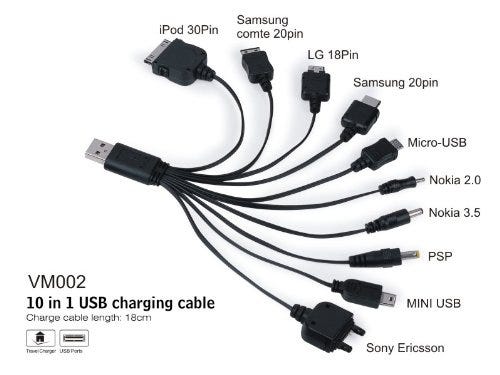
Now you only have
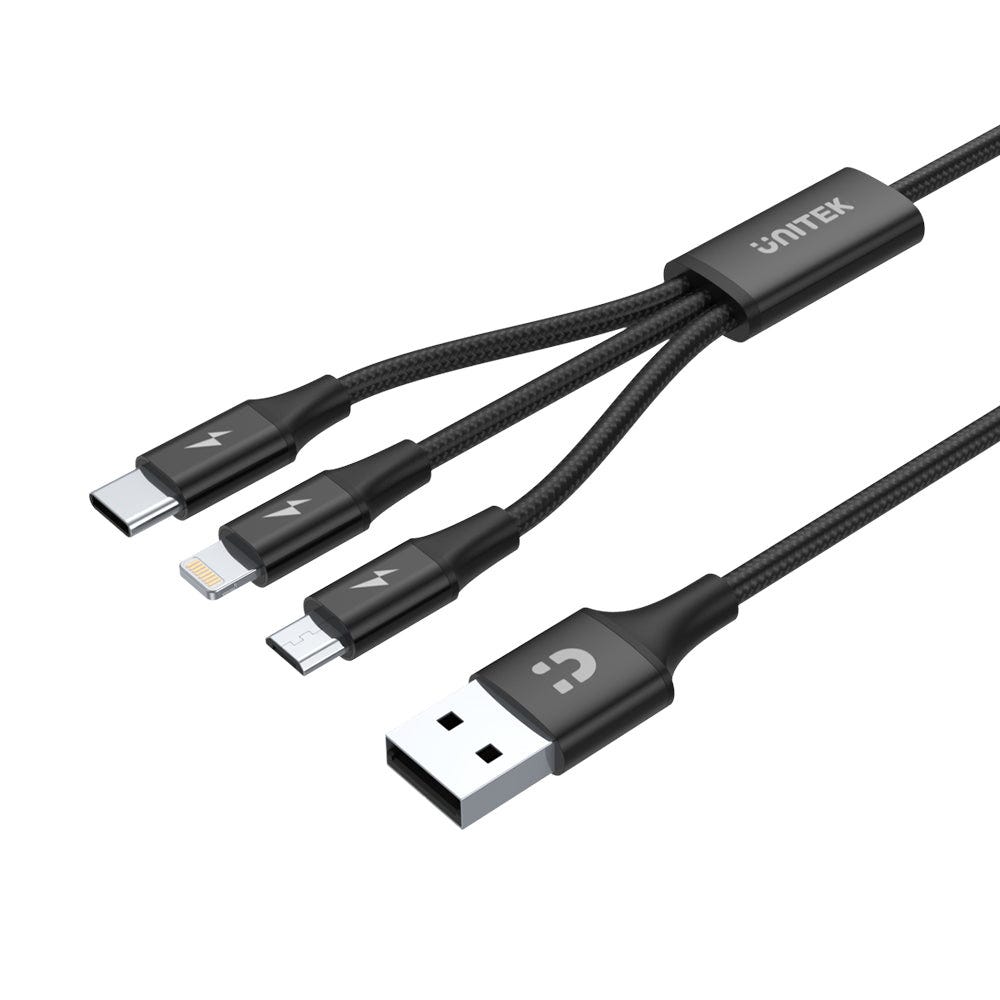
Bad news is, although you can probably charge your phone, it might not be fast charging because you still have to deal with various charging protocols, voltage levels, current levels, input supply and what not. But what the hell do these terms even mean? Let’s have an analogy and understand it better.
Broadly speaking, when you look at any phone charger specifications, there will be 6 most common parameters user will be looking at
- Input Supply
- Input Connector
- Charging Protocol
- Possible Output Voltages
- Possible Output Currents
- Output Connector
For the analogy, we would be taking the phone as a buyer who is looking to buy some charge and the charger would be the manufacturer and seller for the charge. Although, buyer won’t be paying anything (apart from good will).
For your charger to make the product being sold, it needs some raw material. This raw material comes as input supply through input connector. Mostly, the input supply is going to be AC supply coming through the wall socket. Good news is, charger manufacturers make the input supply widely compatible so that they work in most of the countries, accepting voltage range of 100-240V at 50-60Hz frequency and < 0.5A of current which is compatible with most of the electrical outlets. Bad news is, the electrical connector for many countries are different and that’s why we have various chargers which needs to fit into this mess.

Anyway, now the charger needs raw material aka input power from one of the various supplies aka input connector. Phone i.e. the buyer comes along and asks for charge of a particular type. Of course, before even beginning the transaction, both of them needs to have an active communication medium which is taken care by the output connector and charging cable which should fit the phone before even starting the communication. The end connector would be hopefully one of the three standard types persisting today i.e. USB C, Lightning or MicroUSB. Next, the language that buyer speaks for asking for the charge is the charging protocol and there are various charging protocols in the world, each company adopting a proprietary or an open one. Some of the common protocols are USB Power Delivery, Quick Charge 1, 2 and 3 by Qualcomm, Warp Charging by OnePlus and others. Now, the seller also needs to speak the same language otherwise it won’t understand what does the buyer wants. Some buyers and sellers are multilingual and can understand couple of different protocols. And some of the languages are similar to one another so if the buyer speaks that, seller can sort of understand it even if not completely.
Now the buyer comes along and wants the best thing, so it starts asking the seller, can you provide X output voltage and A output current. If yes, then please do otherwise can you provide Y voltage and B current and so on. The higher the product of voltage and current aka power, the faster the phone will charge. i.e. if X * A > Y * B, X * A is better. There are various standard voltage and current levels possible defined by protocol but even if nothing works or the buyer and seller don’t speak the same language, there is a fixed 5V output voltage standard so that the phones could atleast charge slowly if nothing else.
There you have it, various charging terminologies and their analogies. To recap,
- Input Supply i.e. raw material
- Input Connector i.e. supplier
- Output Connector i.e. communication medium
- Communication Protocol i.e. language that the phone and charger speak
- Output Power i.e. the product which buyer can use compromising of voltage and current
Now, let see if you can figure out those parameters on the charger labels at your house.
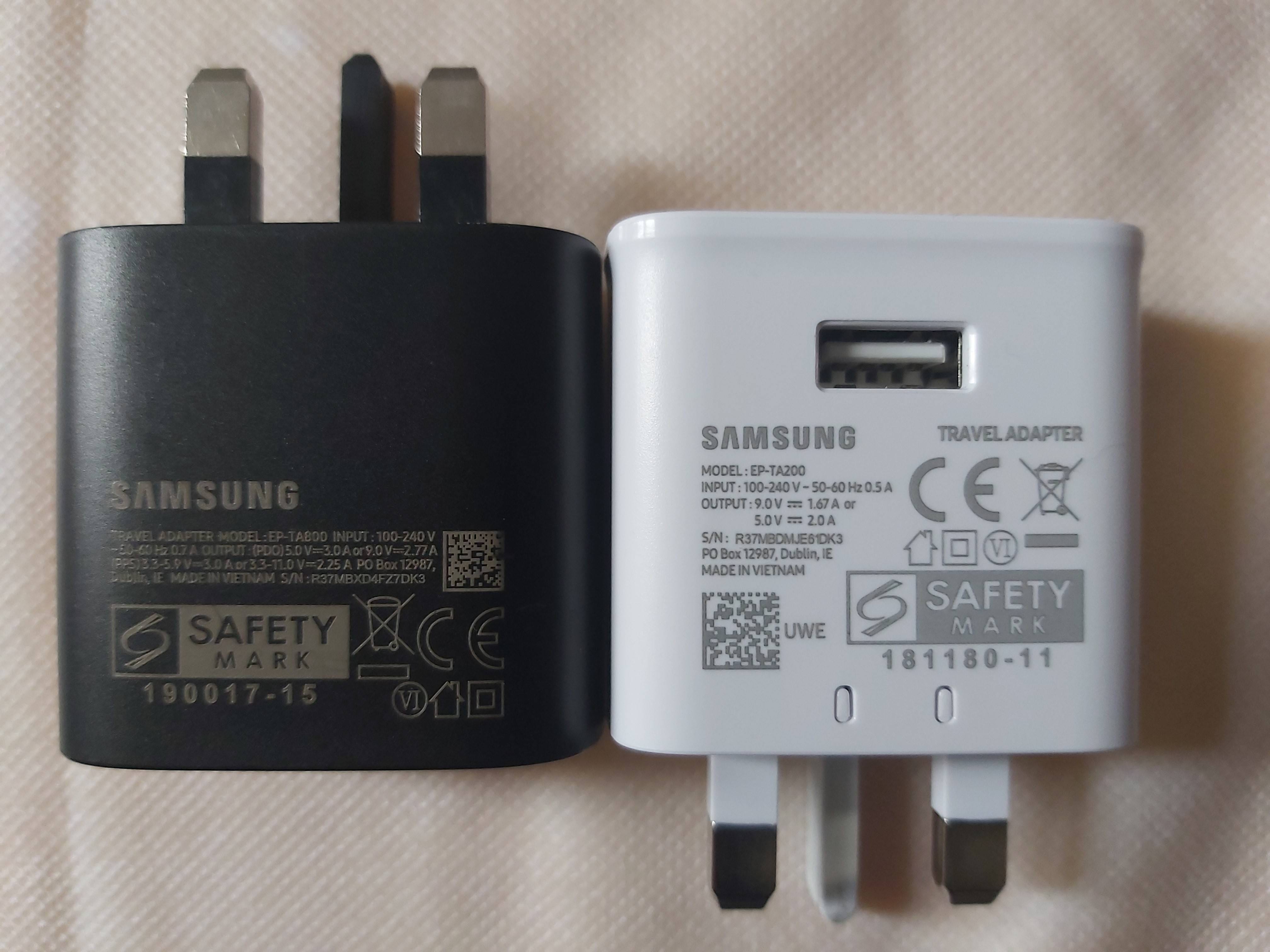
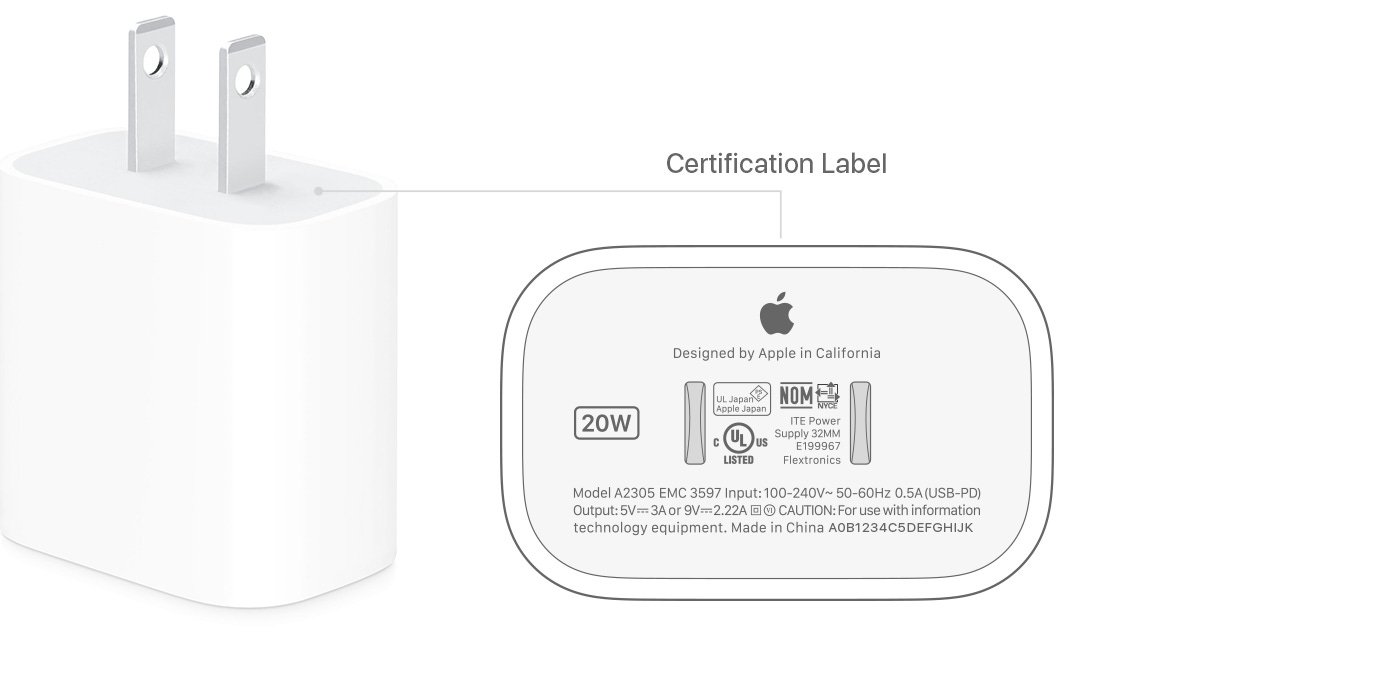
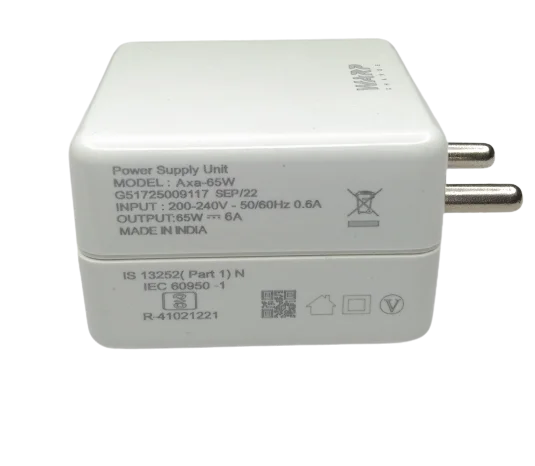
Hope the analogy makes sense. Until next time, Adios.
